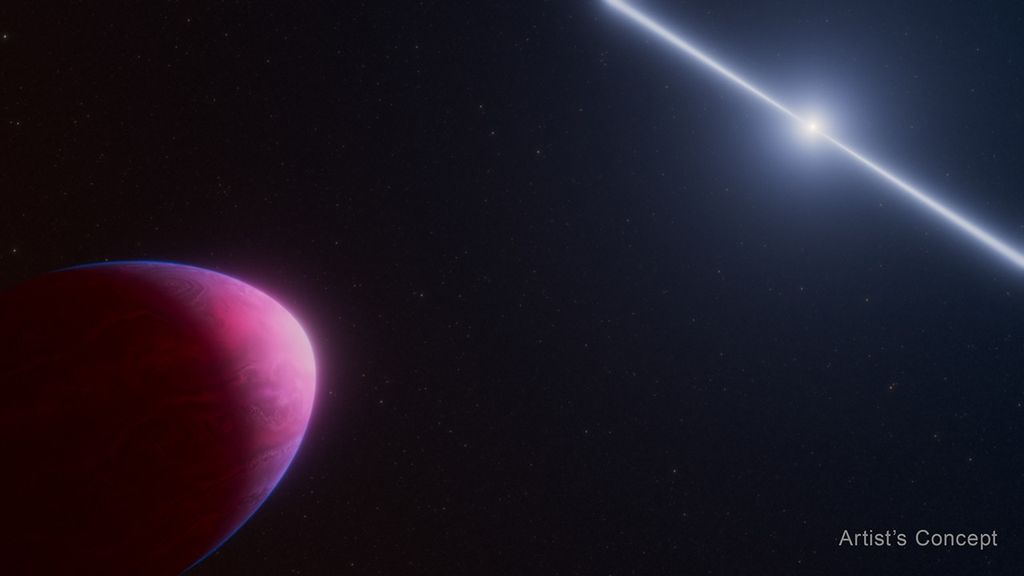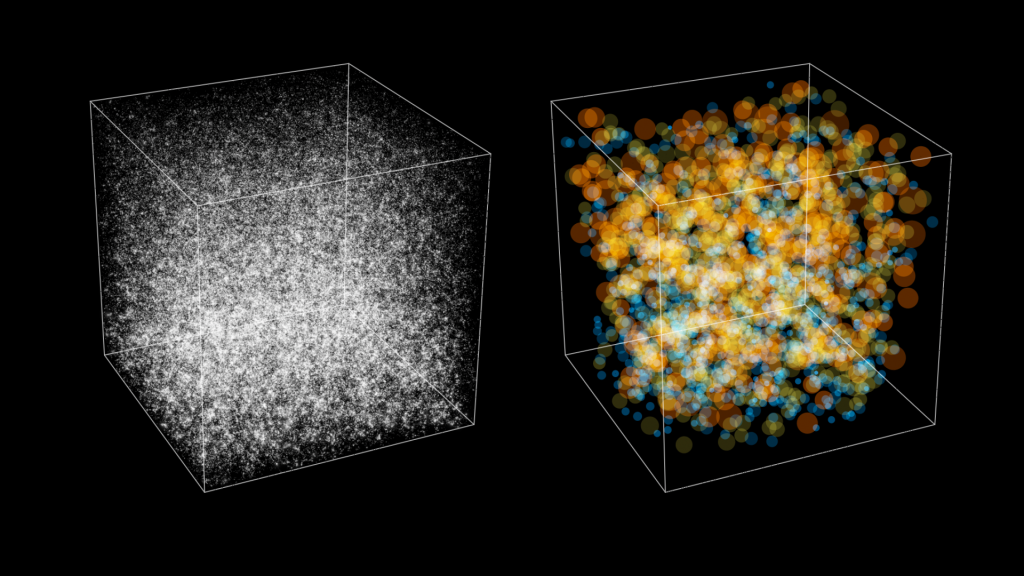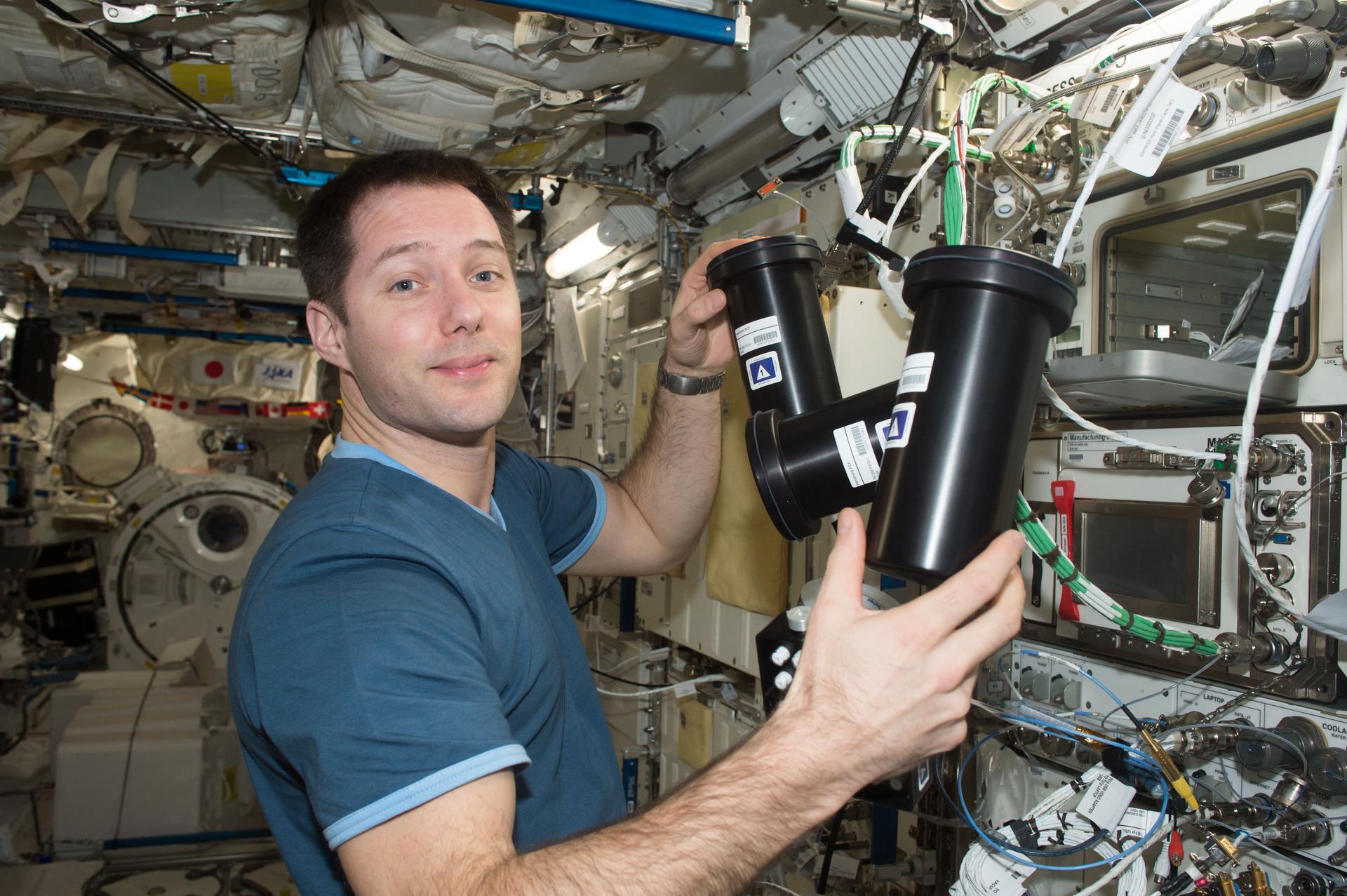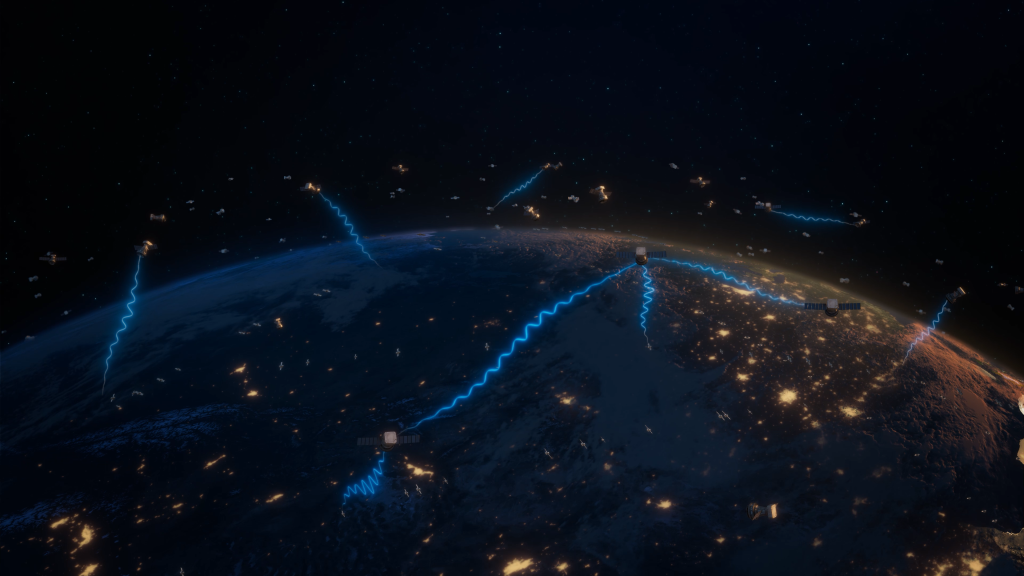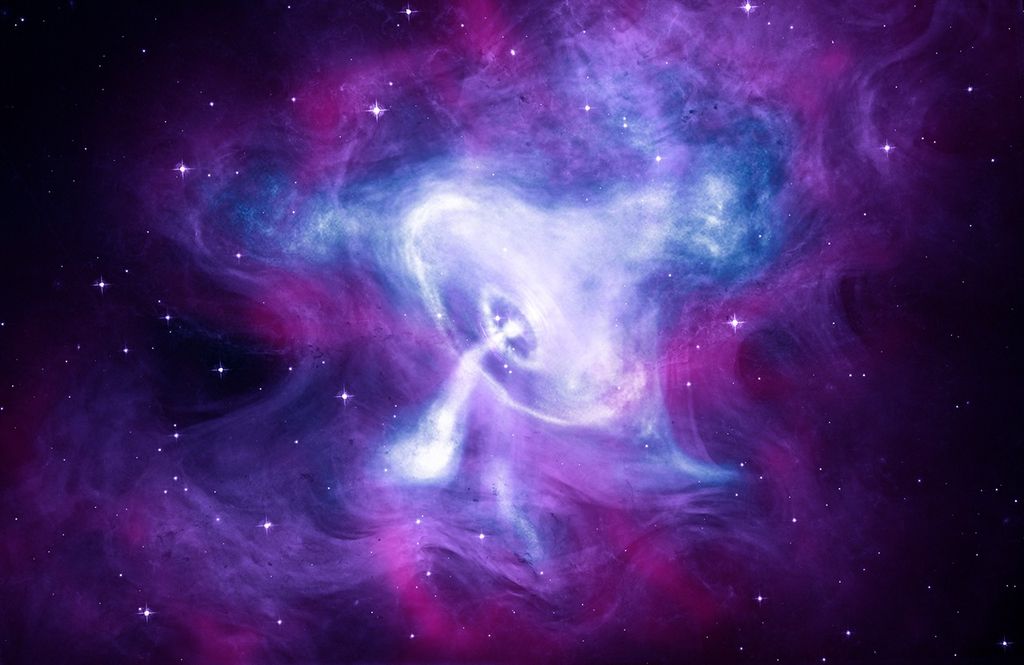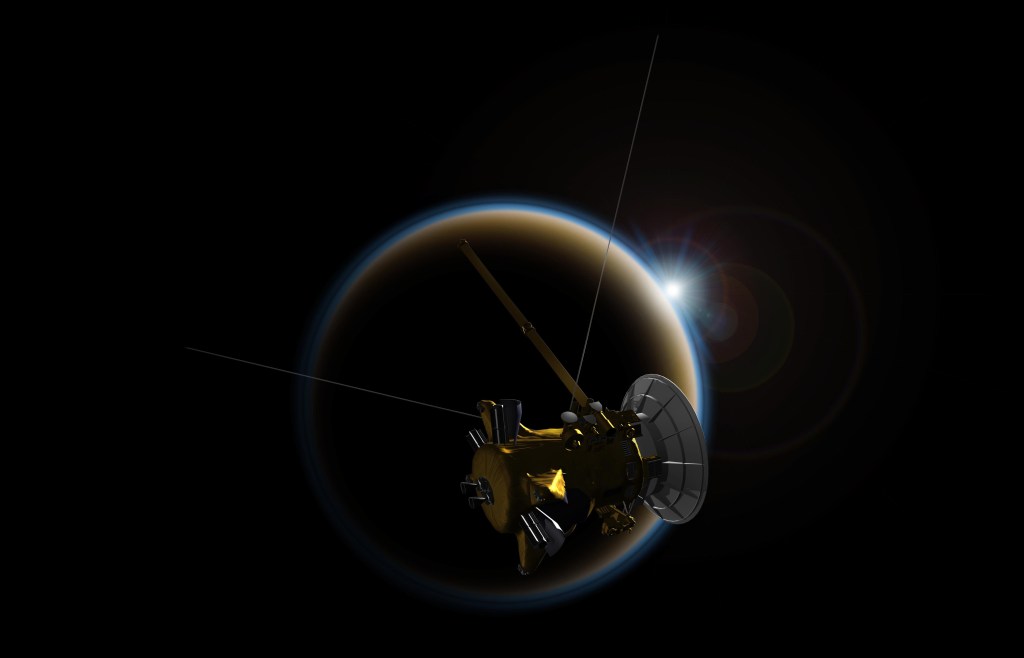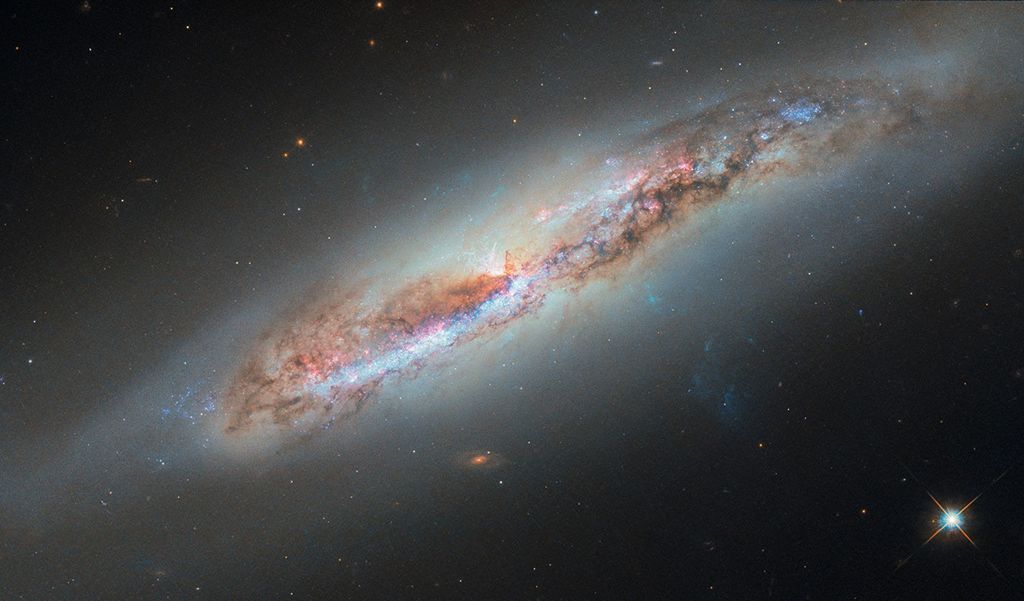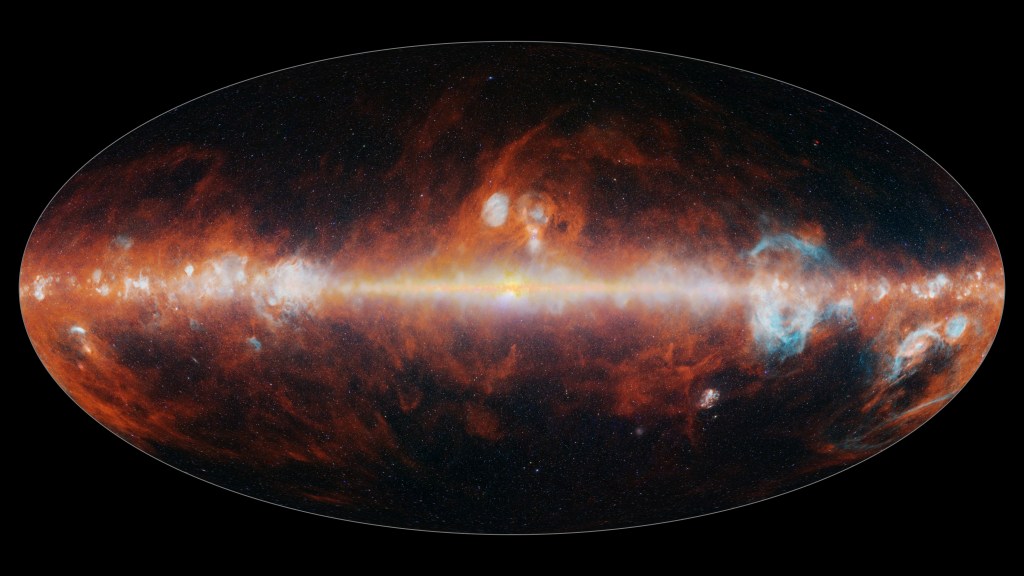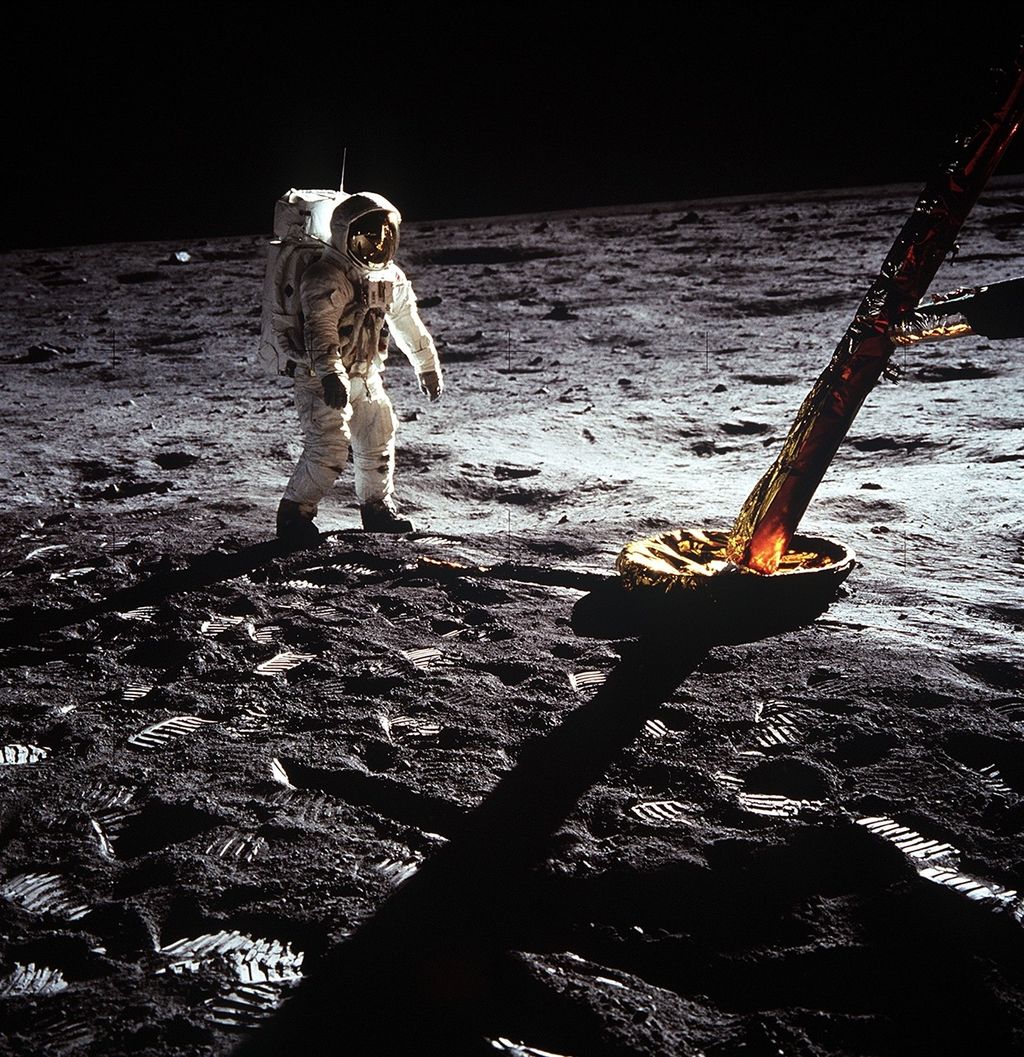1 min read
The Altjira System (Artist’s Concept)

This artist's concept depicts one of the possible scenarios for the 148780 Altjira system in the solar system's Kuiper Belt. It is likely a hierarchical triple formation, in which two very close companions are orbited by a third member at a greater distance.
The inner bodies are too close together to be resolved by the Hubble Space Telescope. But Hubble observations of the orbit of the outermost object were used to determine that the central body is not a single spherical object. Other possibilities are that the inner object is a contact binary, where two separate bodies become so close they touch each other. Another idea is that the central body is oddly flat, like a pancake. Of the 40 identified binary objects in the Kuiper Belt, another system, Lempo, has been found to be a triple.
The Altjira system is located in the outer reaches of the solar system, 3.7 billion miles away, or 44 times the distance between Earth and the Sun. In this artist's concept, our Sun is in the constellation Sagittarius, with the Milky Way in the background. The bright red star Antares appears at the top center. Dust in the plane of our solar system glows as zodiacal light.
- Release DateMarch 4, 2025
- Science ReleaseNASA’s Hubble Finds Kuiper Belt Duo May Be Trio
- CreditArtwork: NASA, ESA, Joseph Olmsted (STScI)
Share
Details
Claire Andreoli
NASA’s Goddard Space Flight Center
Greenbelt, Maryland
claire.andreoli@nasa.gov
NASA, ESA, Joseph Olmsted (STScI)


